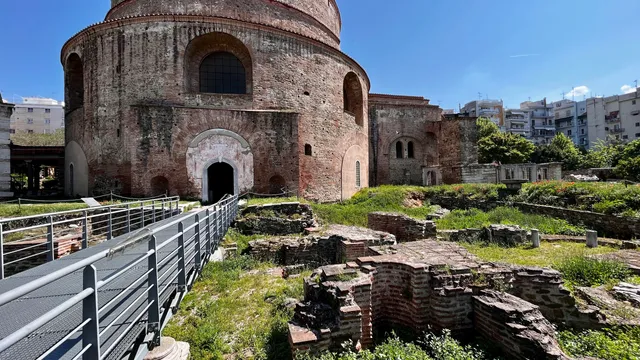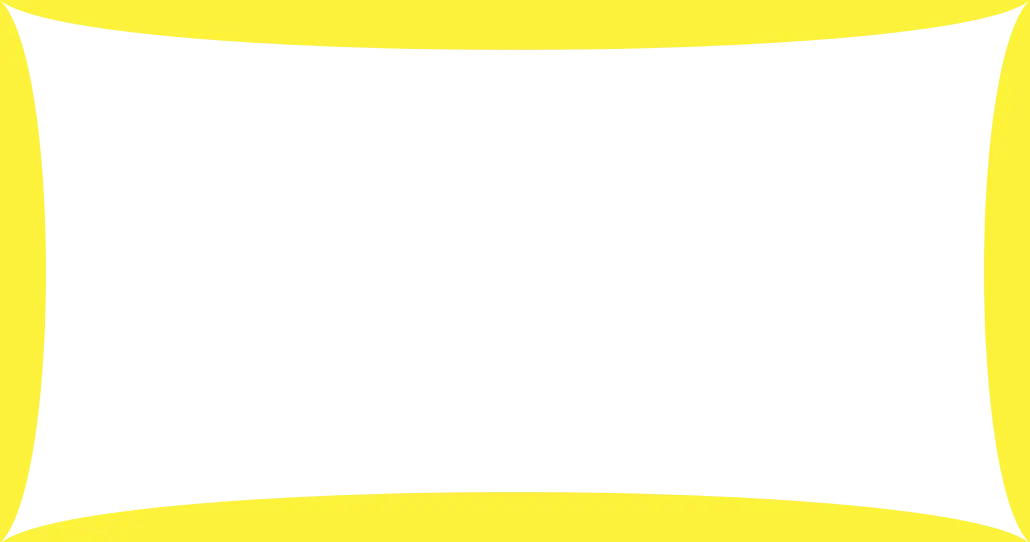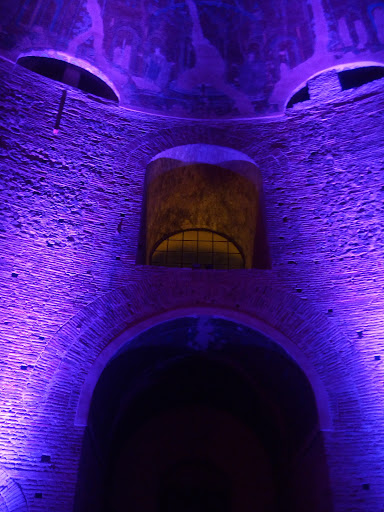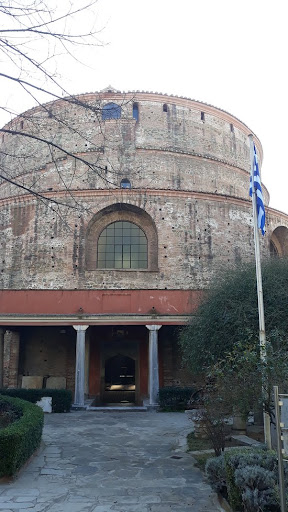Rotunda things to do, attractions, restaurants, events info and trip planning
Basic Info
Rotunda
Platia Agiou Georgiou Rotonta 5, Thessaloniki 546 35, Greece
4.6(2.7K)
Open 24 hours
Save
spot
spot
Ratings & Description
Info
A rotunda is any roofed building with a circular ground plan, and sometimes covered by a dome. It may also refer to a round room within a building. The Pantheon, Rome is the most famous and influential rotunda. A band rotunda is a circular bandstand, usually with a dome.
Cultural
Accessibility
attractions: Arch of Galerius, Ataturk Museum of Thessaloniki, Virgin Mary Gorgoepikoos - Panagouda Church, Holy Church of the Trasfiguration of the Saviour, Holy Church of Hagia Sophia, East Byzantine Walls of Thessaloniki, Navarinou Square, Agia Sofia Square, Palace of Galerius, Πολυχώρος Πολιτισμού "Ισλαχανέ", restaurants: Ntangkara, Κιβωτός των Γεύσεων, Pites tis Polis, Rosticceria di Salonicco, Meze-Bar Naftiliaki, NOSTOS Taverneio Tavern, Pizza Chris, Oinohoos, Stavlos, Fat Mamma's Brunch n' Lunch
 Learn more insights from Wanderboat AI.
Learn more insights from Wanderboat AI.Phone
+30 231 020 4868
Website
thessalonikitourism.gr
Plan your stay

Pet-friendly Hotels in Municipality of Thessaloniki
Find a cozy hotel nearby and make it a full experience.

Affordable Hotels in Municipality of Thessaloniki
Find a cozy hotel nearby and make it a full experience.

The Coolest Hotels You Haven't Heard Of (Yet)
Find a cozy hotel nearby and make it a full experience.

Trending Stays Worth the Hype in Municipality of Thessaloniki
Find a cozy hotel nearby and make it a full experience.
Reviews
Nearby attractions of Rotunda
Arch of Galerius
Ataturk Museum of Thessaloniki
Virgin Mary Gorgoepikoos - Panagouda Church
Holy Church of the Trasfiguration of the Saviour
Holy Church of Hagia Sophia
East Byzantine Walls of Thessaloniki
Navarinou Square
Agia Sofia Square
Palace of Galerius
Πολυχώρος Πολιτισμού "Ισλαχανέ"
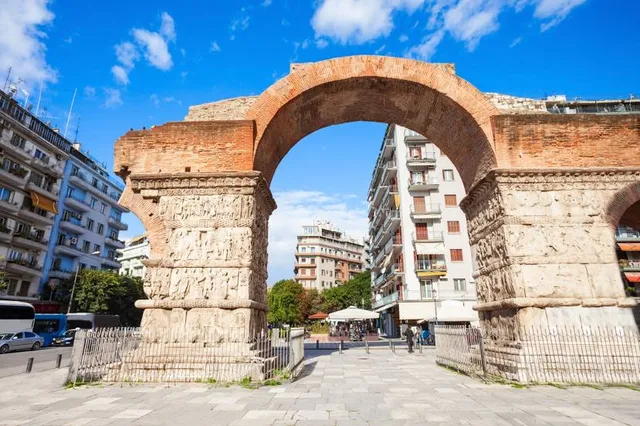
Arch of Galerius
4.6
(6.1K)
Open until 12:00 AM
Click for details
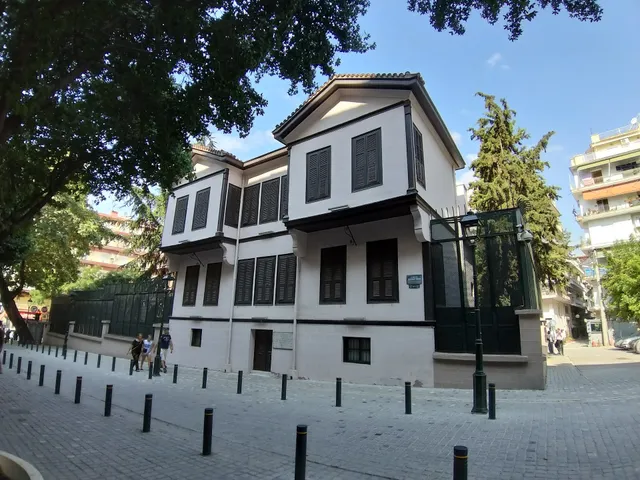
Ataturk Museum of Thessaloniki
4.7
(4.5K)
Open 24 hours
Click for details
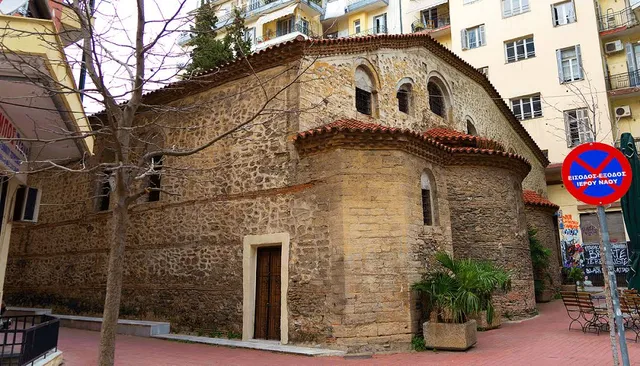
Virgin Mary Gorgoepikoos - Panagouda Church
4.9
(220)
Open 24 hours
Click for details
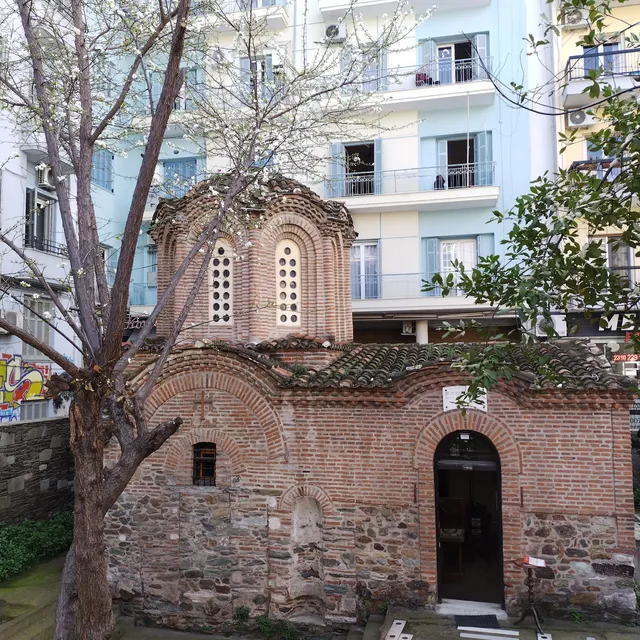
Holy Church of the Trasfiguration of the Saviour
4.8
(49)
Open 24 hours
Click for details
Things to do nearby
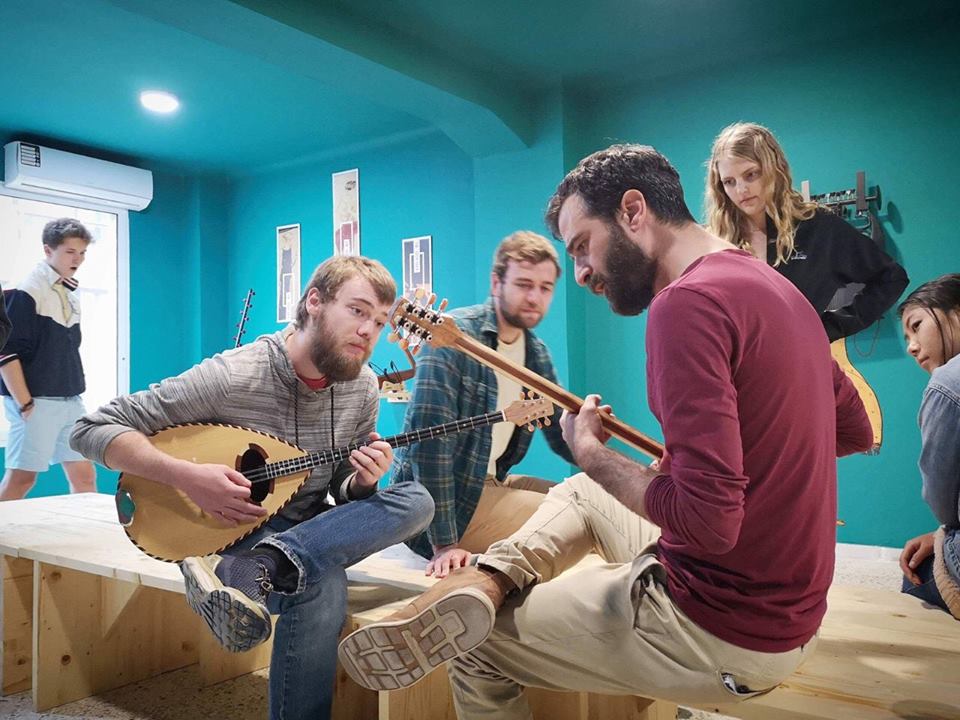
Embark on a journey in ancient Greek mythology
Wed, Dec 24 • 9:30 AM
546 30, Thessaloniki, Greece
View details
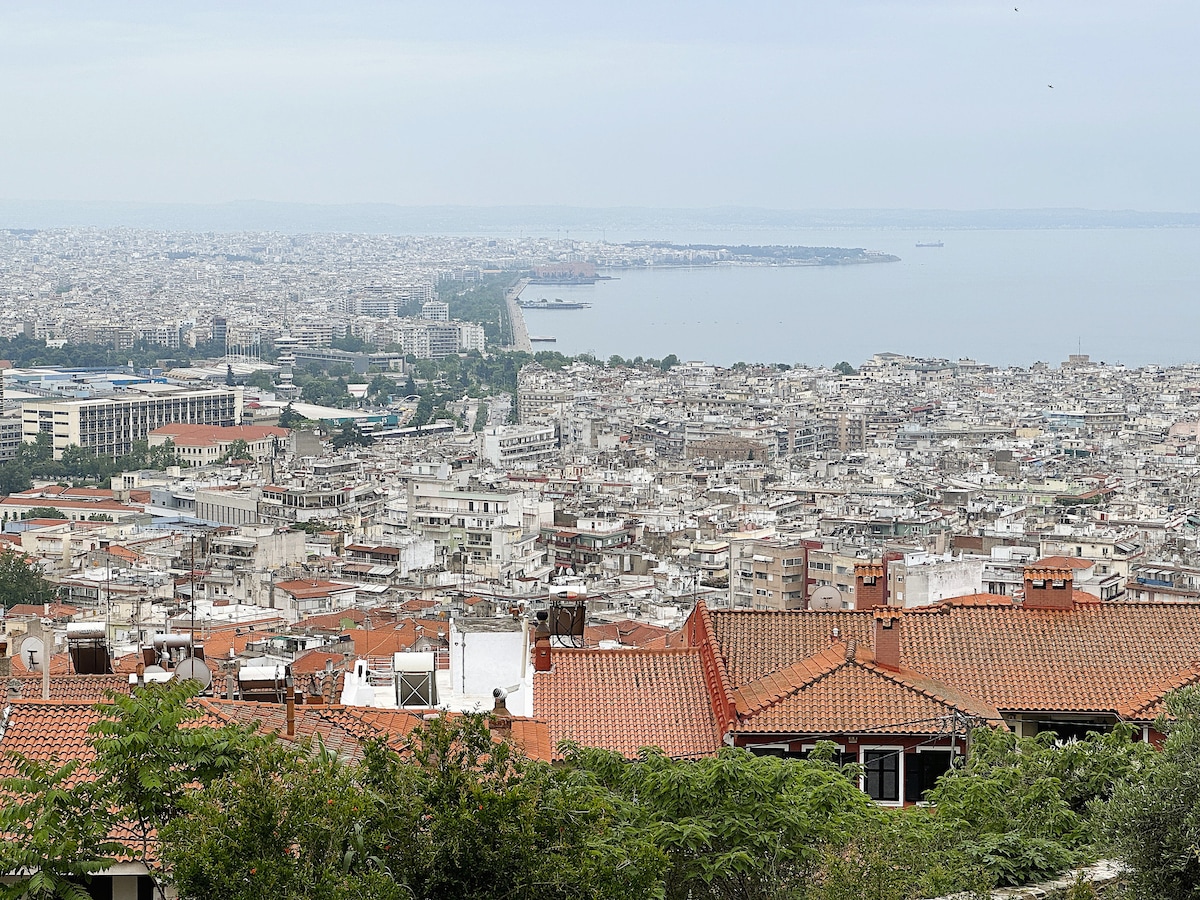
Old Town Tour: Culture-History-Myths-Nature
Sun, Dec 28 • 8:30 AM
546 34, Thessaloniki, Greece
View details
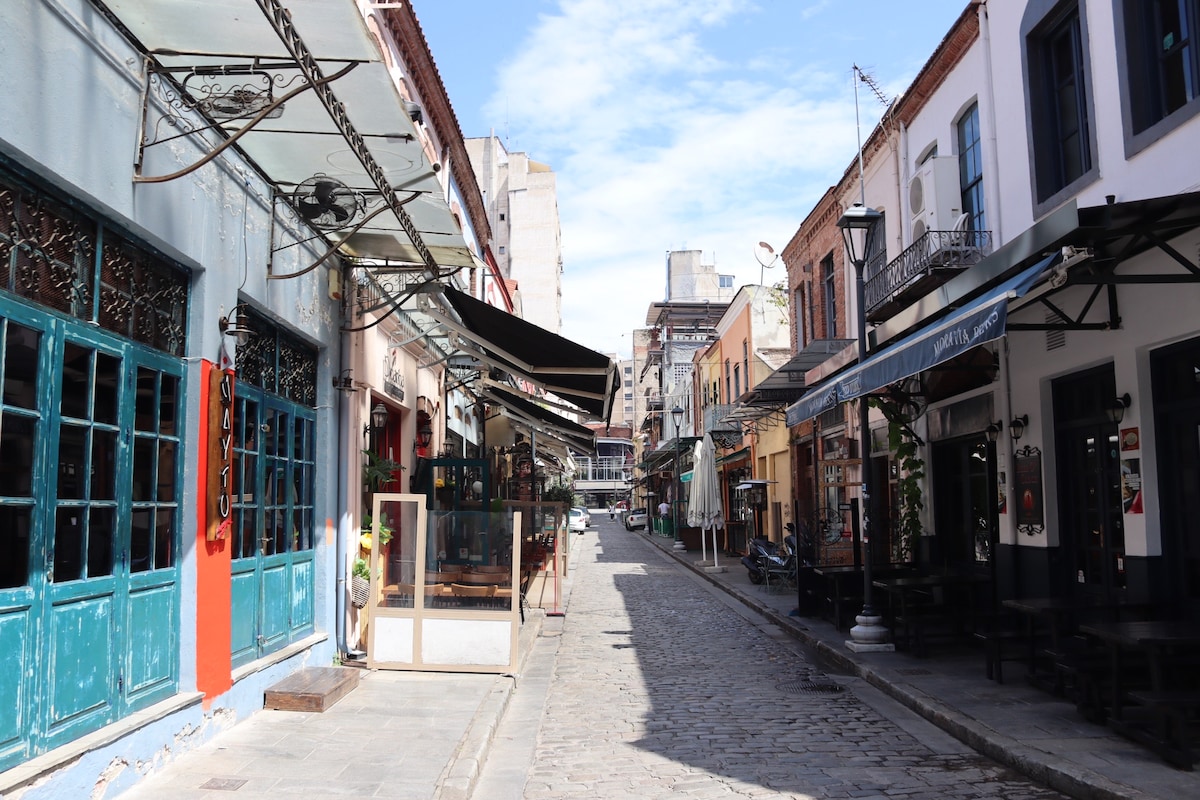
Explore Thessaloniki
Wed, Dec 24 • 12:30 PM
546 24, Thessaloniki, Greece
View details
Nearby restaurants of Rotunda
Ntangkara
Κιβωτός των Γεύσεων
Pites tis Polis
Rosticceria di Salonicco
Meze-Bar Naftiliaki
NOSTOS Taverneio Tavern
Pizza Chris
Oinohoos
Stavlos
Fat Mamma's Brunch n' Lunch
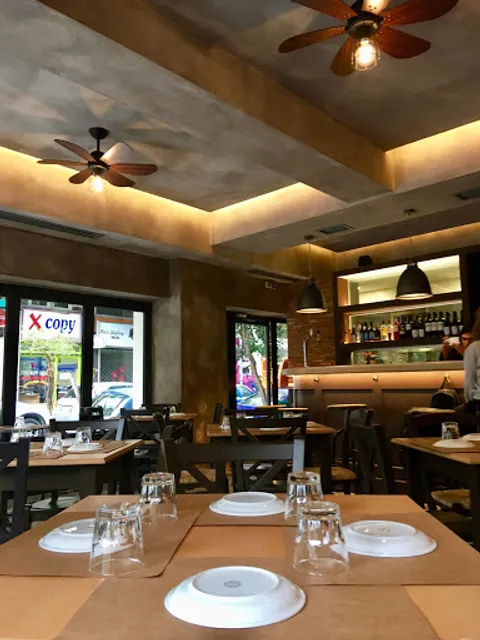
Ntangkara
4.6
(668)
Click for details
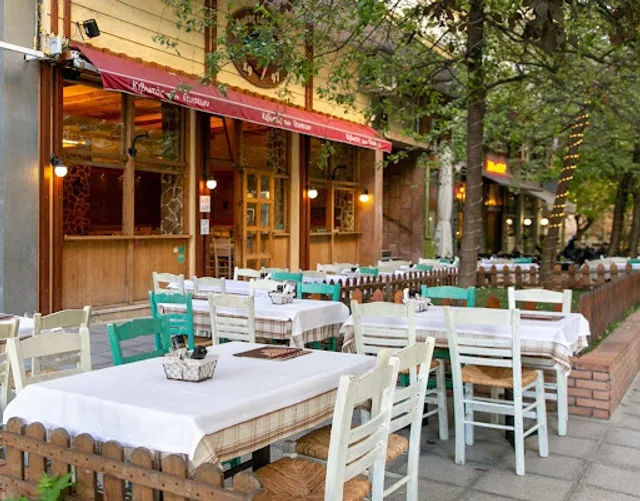
Κιβωτός των Γεύσεων
4.6
(886)
Click for details

Pites tis Polis
4.9
(1.1K)
Click for details

Rosticceria di Salonicco
4.8
(753)
$$
Click for details
